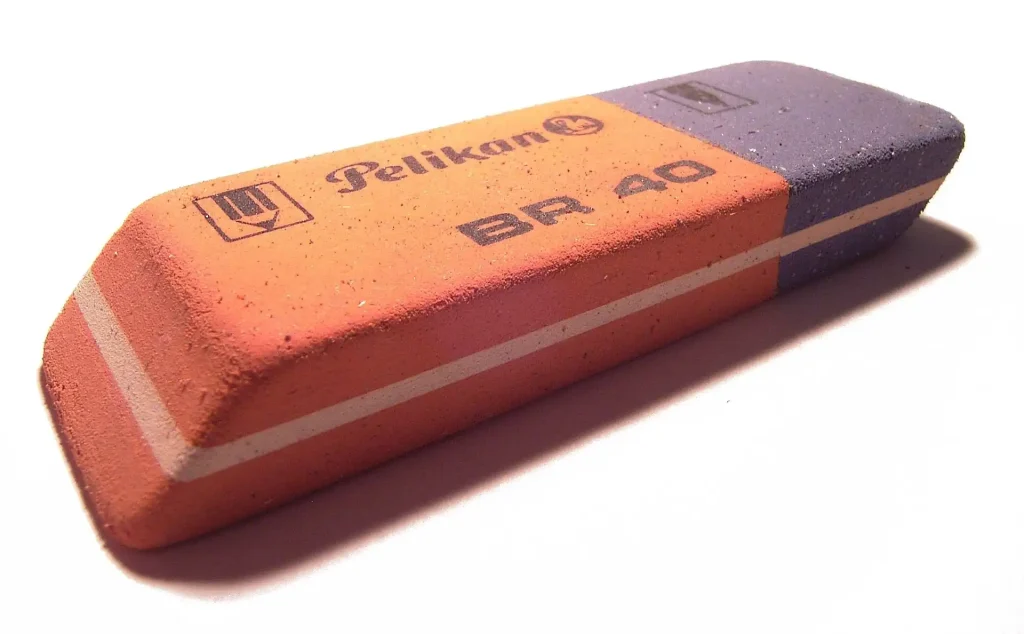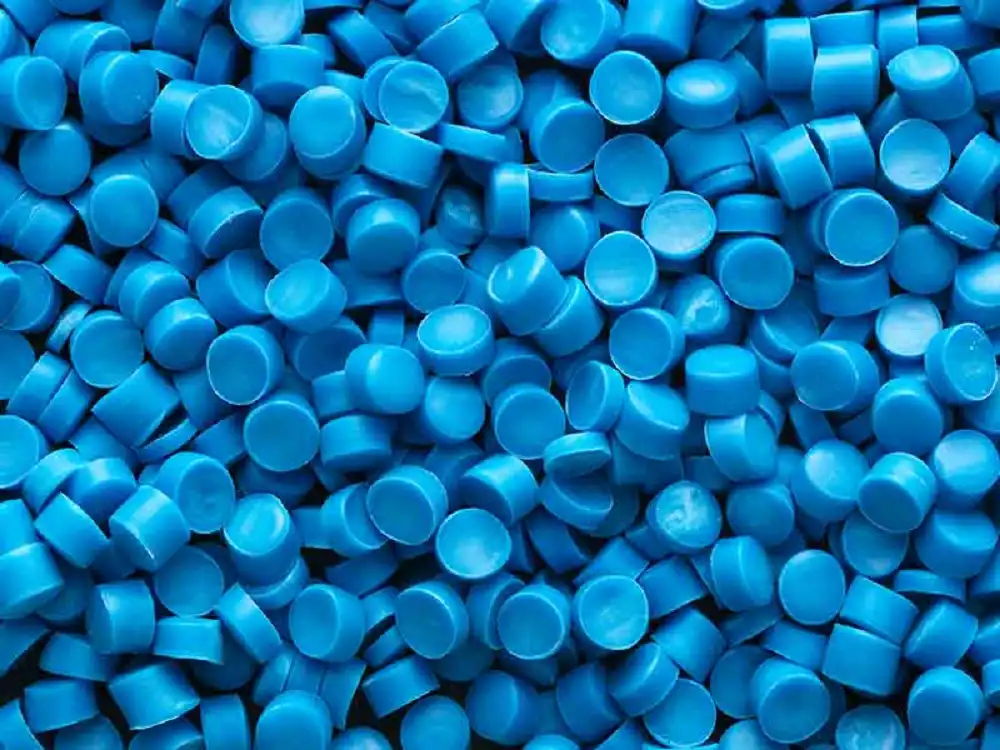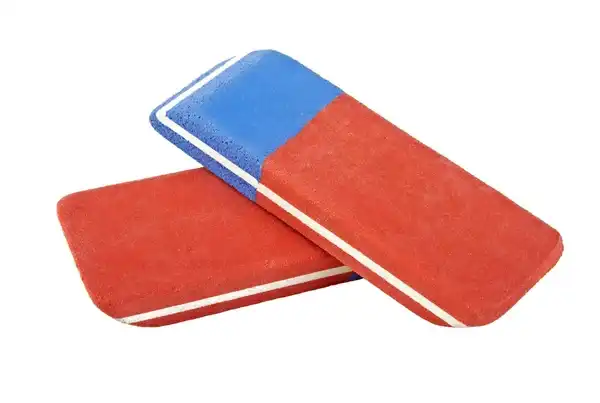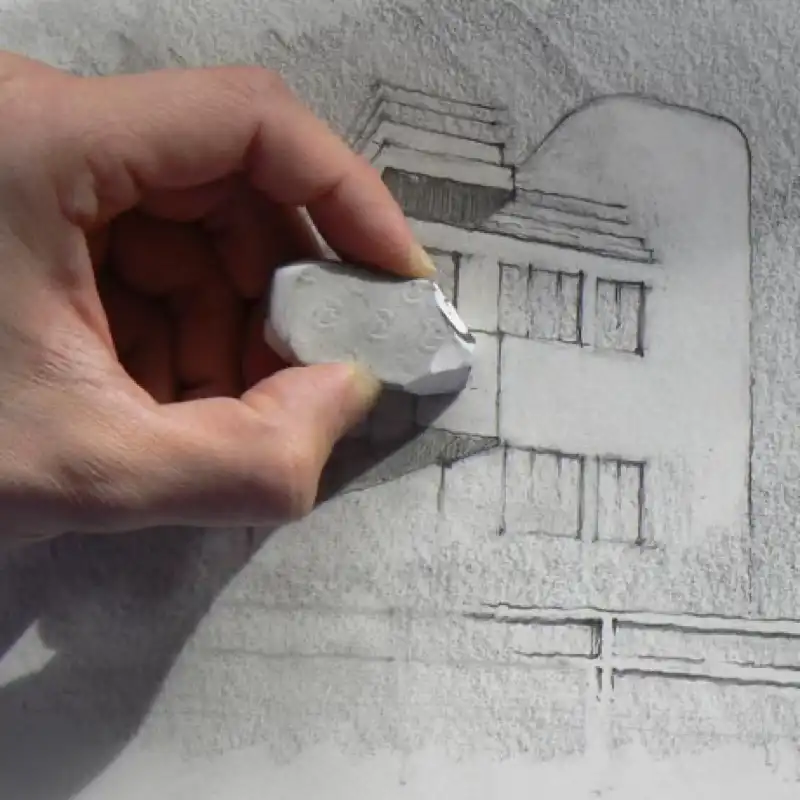Introduction:
Erasers are simple tools, yet they play a crucial role in the world of writing and drawing. You might have noticed that erasers often come in two different colours – red and blue. Have you ever wondered why? In this blog post, we’ll delve into the fascinating world of erasers, exploring the differences between the red and blue parts and unravelling the mystery behind their distinct features.
Understanding the Basics:
Before we dive into the specifics, let’s understand the basic purpose of an eraser. Erasers are designed to remove pencil marks from paper, helping us correct mistakes and make our work look neat and tidy. The material used in erasers is typically soft and pliable, making it easy to rub away pencil lines without damaging the paper.

The Red Part of the Eraser:
Now, let’s focus on the red part of the eraser. The red eraser is often found on the end of a pencil and is widely used in schools and offices. It is made from a material called synthetic rubber. This type of eraser is effective at erasing pencil marks without leaving a residue, ensuring that your paper stays clean and smudge-free.

The Blue Part of the Eraser:
On the other hand, the blue eraser is a bit different. It is usually a standalone eraser and is known for being more abrasive compared to its red counterpart. Blue erasers are made from a compound called PVC (polyvinyl chloride), which gives them a tougher texture. This makes them suitable for erasing heavier pencil marks.

Comparing Performance:
To get a better understanding, let’s compare the performance of red and blue erasers. The red eraser is excellent for everyday use, erasing light pencil marks with ease. It’s gentle on paper and won’t cause any damage. On the other hand, the blue eraser is a powerhouse when it comes to tackling more stubborn marks. Its abrasive nature allows it to erase darker pencil lines.

Visual Representation:
The image above shows the red and blue erasers side by side, highlighting their differences in appearance. The red eraser is softer and smoother, while the blue eraser has a more textured surface.
Exploring User Preferences:
Just like everyone has their favourite colour, artists, students, and writers may have their preferred type of eraser. Some might prefer the gentleness of the red eraser for everyday use, while others may opt for the blue eraser for its heavy-duty erasing capabilities.

Expert Insights:
Let’s turn to the experts to gain more insights into the world of erasers. According to a post on Jackson’s Art blog, choosing the right eraser depends on the specific needs of the artist. The post discusses various erasers tested against different mediums, providing valuable information on their performance.
The image above showcases an eraser test against five different mediums, helping artists make informed decisions based on their requirements.
Conclusion:
In conclusion, the red and blue parts of an eraser serve different purposes, catering to various writing and drawing needs. The red eraser, made from synthetic rubber, is gentle and suitable for everyday use, while the blue eraser, composed of PVC, is more abrasive, tackling heavier marks.
Understanding the differences between these erasers allows us to make informed choices based on our specific requirements. So, whether you’re a budding artist, a diligent student, or just someone who loves to write, the next time you reach for an eraser, remember the fascinating world that lies behind its red or blue exterior.
For more interesting articles, please visit www.kidzherald.com





